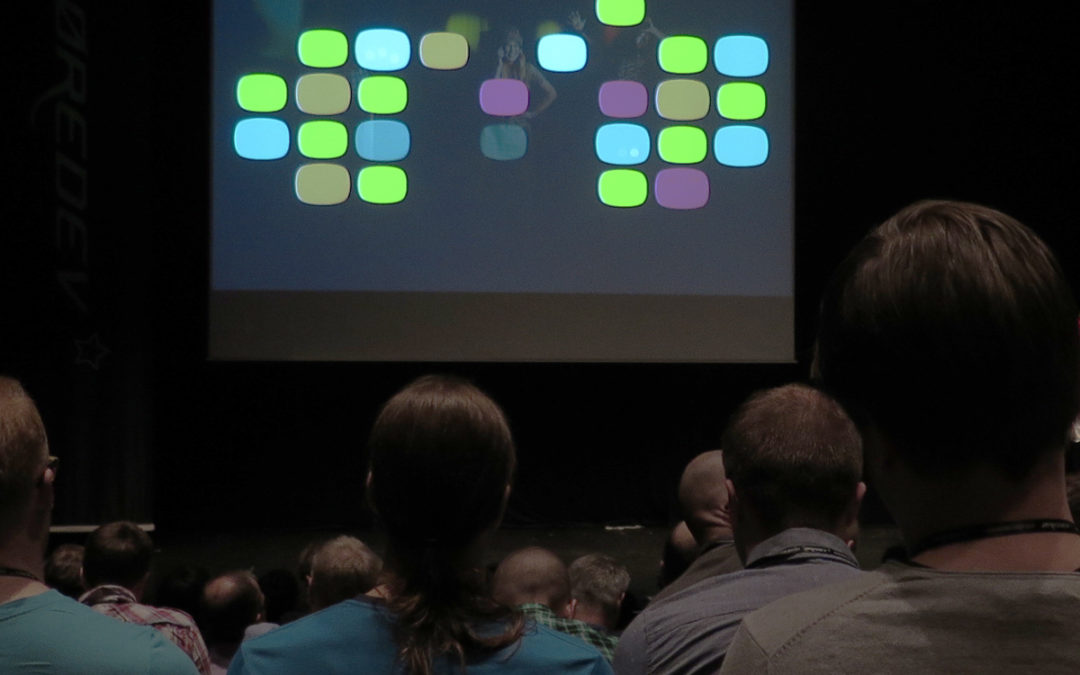Some Simple Stages
This time round I’d like to take you through a few simple stages that, taken together, form a blueprint for how to go about business transformation. It’s not quite an end-2-end process sequence because a couple of things need to work in parallel.
Using the Creative Problem-Solving Cycle
If you are new to all of this, then be aware that the principal reason for transformations failing is starting from the wrong set of assumptions. That leads to work on the solution to the wrong problem and inevitably doesn’t deliver the great results anticipated.
So, if transformation activity is being envisaged, there must be some underlying problem that is causing an amount of pain. Market share shrinking or being in the wrong geography. Whatever it is – you need to find out before you do anything else.
So, start with the concept of openly questioning what needs fixing. Not HOW? but WHAT? The detailed analysis is an exploration of all aspects of the problem. Only then should you narrow this down and refine the understanding until you have a very precise definition of what is wrong – and it may not be just one thing.
That’s the first diamond of the CPS cycle complete.
What About the People?
While you’re at it, it pays to spend some time looking at the people you have available. What styles and competencies do they have? Make sure that those you are engaging are a good mix. Introvert or Extravert, Intuitive or Sensing and so on. A couple of real detail-oriented folk will help keep everything straight and rooted in reality.
The other thing to remember is that managing transformation is an instance of Organisational Development. You need to start with a very small group of people and keep going round the cycle – enlarging the group at each iteration. Keep the momentum going in the required direction by ensuring at each cycle the majority of those in the group are firmly behind it. As others join, the critical mass keeps things on track.
Looking at the diagram you can see an internal loop – sometimes it’s easier to use this shortcut for a series of quick iterations. However the felt needs of the participants are very important. What do the people feel they need to do all this? You need to make sure they can see their needs and wants being taken into account. It is, after all, a people process that is delivering transformation, even if there is a lot of technology, product or process change.
Design Using Creativity
The second diamond of the cycle is all about producing as many ideas as possible. Experience shows that the more you can produce, the better. Yet it is surprising how little effort is put into this by many organisations. There are a wealth of techniques to use – so make sure they are. You can find a useful selection here.
Planning and Governance
Planning is a key component alongside good governance. The first graphic shows a robust gate controlled process from starting with an idea through to close down of a programme. The insight this gives should help you design something that’s right for your circumstances.
The other aspect is the planning. Typically planning from left to right (i.e. starting from today and planning towards the future) goes from 100% certainty of where you are to a decreasing certainty approaching zero the further out it gets. That’s no guarantee of getting where you want to be. Instead the planning should continue to home in on a very clearly defined end-state and the best way to achieve that is to plan from right to left. Start by looking at the end state and working out what dependencies it has in the immediate preceding stage. Keep going like this until you get back to the present where everything already exists.
Estimating
The clever manager of a transformation will also know how to estimate when and by how much things are going to change. I always use Monte Carlo methods as they tend overall to be pretty accurate. Don’t forget that it’s no use waiting until the end to see if things have happened. You need to be predictive so look for things that will be early indicators of things going right or wrong. That’s an exercise that should be undertaken by a group of people who are looking at the overall plan once it has been laid out.
It may well be that as a result of this piece of work you need to insert some extra components to trap data or get others involved in monitoring progress by looking at routine management information in a different light.
Want to Know More?
There’s only so much that can be transmitted in a single article and we know that you may want to learn some more. So get in touch and let’s have a conversation about your own needs and situation.
Rob Wherrett can be contacted at https://robwherrett.com/contact/
© robwherrett.com 2020. All rights reserved






Recent Comments